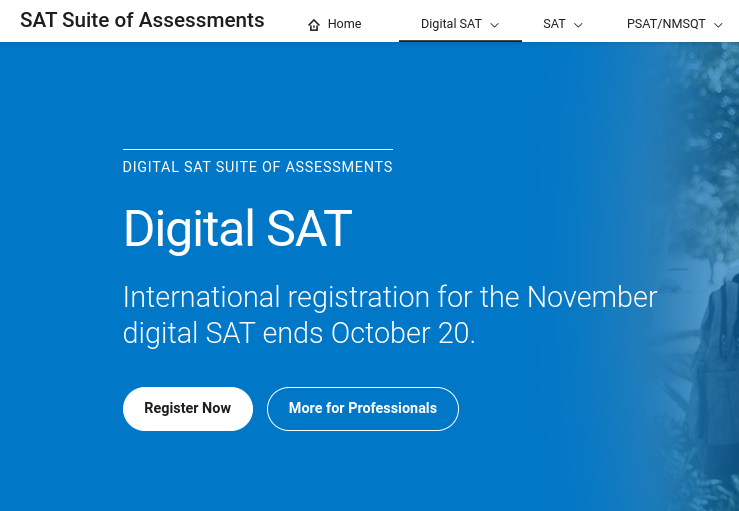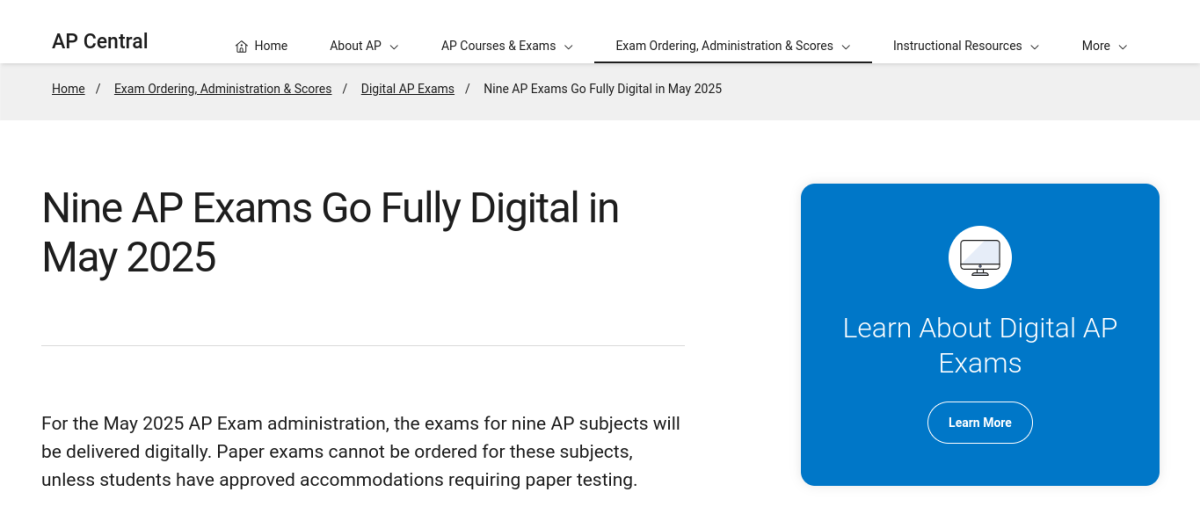For the last century, the College Board has administered the SAT on paper. But, in recent years, the College Board has begun to digitize the exam. All students outside the U.S. have been exclusively taking the Digital SAT since March 2023. By spring 2024, the SAT will officially be digital, and WCHS students were recently exposed to the digital version of the PSAT. How should students react to this?
While the College Board argues that this move is a step forward, many believe the digital SAT needs to be revised compared to its paper counterpart. According to a study from the College Board, a sample of students who took a paper SAT had a mean score 35 points higher than that of the sample mean score of students who took the Digital SAT. Although the College Board claims that the digital SAT and paper SAT are equally predictive of college success, that does not take away from the fact that students have a more challenging time on the new platform.
Mainly, there needs to be more familiarity. For decades, students have prepared for and taken the SAT in a paper-and-pencil format. The sudden shift to a digital format disrupts this familiarity. Many students may find adapting to the new interface challenging, potentially affecting their performance. The paper SAT allows students to focus solely on the content of the test, while the Digital SAT only adds the burden of mastering digital test-taking skills.
However, the Digital SAT changes not only the physical format of the exam but also the timing, pace, section format and more. For example, the SAT still maintains four modules – two for English and two for math – but the reading modules combine the previously separate “writing” and “reading” sections. Also, the new test is 46 minutes shorter than the old one.
Most notably, though, the SAT has become section-adaptive, meaning that one’s performance on the first module determines the question difficulty of the second module. Coming from the College Board, this is a bit shocking; even though the first module is the same for all students, this adaptivity feature takes away from the standardized nature of the SAT – which is unheard of for such an exam.
These reasons have caused many students in their sophomore and junior years to rush to sign up for the remaining SAT exams in 2023. Unfortunately, though, not everyone gets the chance to do that.
Those in support of the College Board will still argue for the Digital SAT, saying that its unique format allows for easier test-taking, test-administrating, and test-scoring. Granted that the test may help the College Board and test centers, it can negatively affect many students.
All students should be able to replicate test conditions as realistically as possible. But, the digital divide still exists in the U.S. In other words, if the SAT is digital, students who need access to technology and an internet connection will undoubtedly be impacted unfairly while preparing for the exam – in contrast to their peers who have the necessary resources.
Funny enough, like other online standardized tests – such as the Law School Admissions Test (LSAT) – the Digital SAT has already shown how internet connectivity issues can get out of hand. On Oct. 11, 2023, the nationwide Digital PSAT was administered for the first time, but the test crashed and was canceled for all students – including those at WCHS. This further diminishes our confidence in this system and is completely avoidable through paper tests,
Overall, the Digital SAT does represent a technological leap. Still, it is essential to consider its impact on all students and ensure a fair and reliable testing experience. Hence, due to the loss of familiarity, standardization, and digital equity, the new SAT is simply inferior to the traditional paper test.















